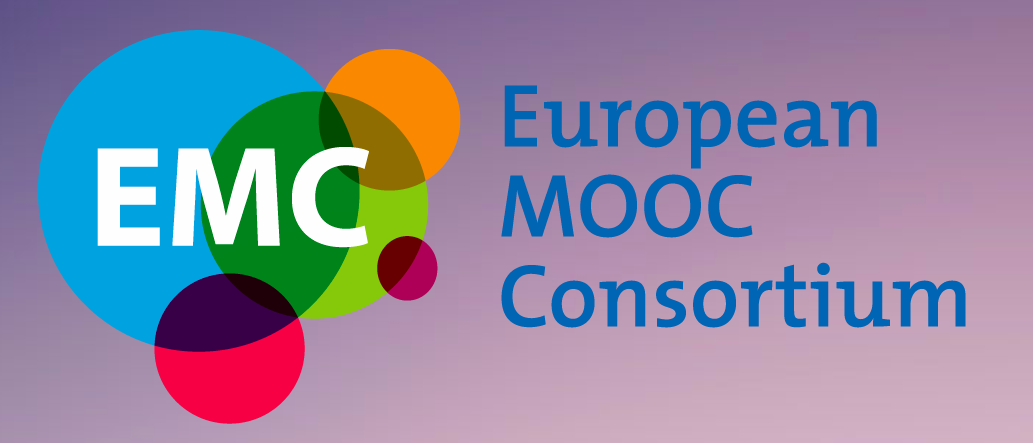Earlier in the week we heard from Paul Shaber on his experiences of using OpenStax College (OSC) textbooks. Today we’re going to hear from two more educators, who I was fortunate enough to speak with earlier in the year: Elise Adamson and Adrienne Williams. This post is dedicated to excerpts from Adrienne’s interview and you can find Elise’s interview here. Thanks to both Elise and Adrienne for taking time out to speak with me!
Adrienne Williams
Adrienne Williams (University of California, Irvine) is a Biology Education Researcher, in receipt of a Howard Hughes Medical Institute Grant. Adrienne first found out about OSC textbooks whilst she was running a Coursera MOOC (Preparation for Introductory Biology: DNA to Organisms) and David Harris of OSC got in touch via email. OSC Biology was subsequently incorporated into the MOOC which had 38,000 students enrol onto the course. Adrienne tells us more about why University of California, Irvine decided to run a MOOC and how it was designed to help students who were “not prepared” for study at UCI:
Adrienne on students at University of California, Irvine:
Who participated in the MOOC, and how many were UCI students?
Later on in the interview, Adrienne told us how out of the 1200 students that completed the course, 36% of these were students (either at UCI or another institution), 20% of participants were “Hobbyists” who “enjoyed learning”, 7% were “interested in a career change” and 14% were scientists or academics. Adrienne noted that the latter group tended to participate the most in discussions during the course.
Impact of using OSC textbooks
What impact, if any, was there on students as a result of using OSC textbooks?
Toward the end of our interview, Adrienne gave a great example of an Australian student, and how OSC had made a difference to their learning:
Adrienne on Open Educational Resources
Adrienne explained why there had been no changes to institutional policy/practice at UCI as a result of her using OSC Biology in the MOOC. However, she also told us that there is a real need for “decent images [for educators] to teach from” which are remixable “step-by-step” pictures:
Later on in the interview, when asked for any final comments, Adrienne highlighted again the need for “open source teaching images.” Listen to Adrienne tell us more:
Adrienne also highlighted the lack of other types of OER when asked whether she had made use of any other OER in the Preparation for Introductory Biology… MOOC:
Thanks again to Adrienne for taking the time out to speak with me! You can read an earlier article about the Biology MOOC and Adrienne’s research here.




Leave A Comment